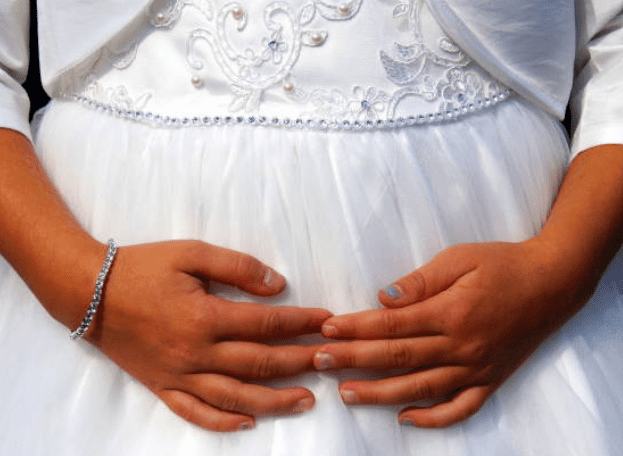Despite a steady decline in child marriages in the last decade, multiple crises including conflict, climate shocks, and the ongoing fallout from Covid-19 are threatening to reverse this statistic, shows a Unicef report.
Unicef executive director Catherine Russell said with the world being engulfed by crises, this is forcing families to seek a false sense of refuge in child marriages.
“Worldwide, conflict, climate-related disasters, and the ongoing impacts of Covid-19, especially rising poverty, income shocks, and school dropout, are helping to increase the drivers of child marriage while also making it difficult for girls to access healthcare, education, social services and community support that protect them from child marriages,” said Russell in a statement.
“We need to do everything in our power to ensure that their rights to an education and empowered lives are secured.”
Sub-Saharan Africa, states the report, currently shoulders the second-largest global share of child brides.
“Rapid population growth alongside ongoing crises look set to increase the number of child brides, in contrast with the declines expected in the rest of the world.
“Latin America and the Caribbean are also falling behind and on course to have the second-highest regional level of child marriages by 2030. After periods of steady progress, the Middle East and north Africa, as well as eastern Europe and central Asia have also stagnated.”
South Asia is said to eliminate child marriages in about 55 years, but the region remains home to nearly half (45%) of the world’s child brides, while India still accounts for one-third of the global total.
“Girls who marry in childhood face immediate and lifelong consequences. They are less likely to remain in school, and face an increased risk of early pregnancy, in turn increasing the risk of child and maternal health complications and mortality.
“The practice can also isolate girls from family and friends, and exclude them from participating in their communities, taking a heavy toll on their mental health and wellbeing.
“For every tenfold increase in conflict-related deaths, there is a 7% increase in the number of child marriages.
“At the same time, extreme weather events driven by climate change increase a girl’s risk, with every 10% deviation in rainfall connected to around a 1% increase in the prevalence of child marriages.
“Precious gains to end child marriages in the past decade are also being threatened – or even reversed – by the ongoing impacts of Covid-19. It is estimated that the pandemic has already cut the number of averted child marriages since 2020 by one-quarter.”
Russell said, however, that ending child marriages is possible.
“It requires unwavering support for vulnerable girls and families. We must focus on keeping girls in school and making sure they have economic opportunities,” she said.
Follow @SundayWorldZA on Twitter and @sundayworldza on Instagram, or like our Facebook Page, Sunday World, by clicking here for the latest breaking news in South Africa. To Subscribe to Sunday World, click here




